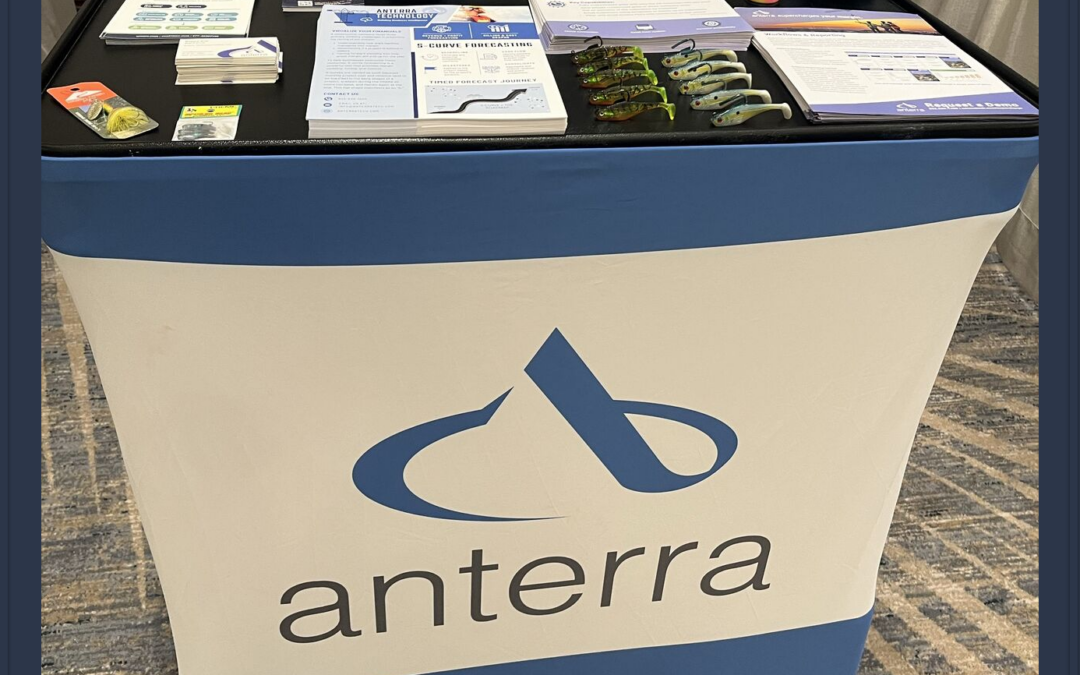The General Ledger (GL) in Sage 300 CRE is the foundational framework that records all financial transactions of a construction company. It’s a comprehensive archive that categorizes every financial event, whether it’s related to revenue, expenses, assets, liabilities, or equity. A GL key change is a significant update or modification in the general ledger system that can impact how transactions are recorded and reported.
Sage’s CRE Professional Services explains it thusly:
Companies often outgrow their initial setup and need a key change in order to keep the software working at optimal performance. Perhaps a naming convention was applied that no longer works, or numeric vendor IDs or GL accounts are no longer in proper order. Changes in your business might also drive the need for adjustments in fields like customers, employees, jobs, and cost codes.
Why are GL Key Changes Important?
Firstly, it is essential to assess the reasons behind the key change. Whether driven by a change in accounting software, restructuring of the company’s chart of accounts, regulatory requirements, internal policy updates, or a need for improved reporting capabilities—understanding the rationale will guide the implementation process.
Such alterations should not be taken lightly, as they can affect the accuracy of financial statements, which are vital for decision-making, securing loans, and maintaining investor confidence.
Plan to Succeed
GL key changes can be a real headache! If you’re consolidating companies or transitioning to a new accounting software — existing accounts and codes need to be mapped to new ones.
Thorough planning is crucial. Construction finance managers should develop a comprehensive strategy that includes timelines, resource allocation, and stakeholder engagement. It’s vital to communicate with all relevant parties—such as project managers and accounting staff—to ensure everyone understands how the changes will affect their roles.
Best Practices for Managing GL Key Changes
To manage GL key changes effectively, construction companies should:
1. Assess Current ERP System: Begin by evaluating your existing Enterprise Resource Planning (ERP) system. Understanding its capabilities and limitations will help you identify what changes are necessary for effective financial management in your construction projects.
2. Define New GL Structure: Collaborate with your finance team to outline the new GL structure that aligns with your business goals and reporting requirements. This structure should accommodate the unique aspects of construction accounting, such as job costing and project tracking.
3. Engage Stakeholders: Involve key stakeholders, including project managers and financial analysts, in the planning process. Their insights will be invaluable in ensuring that the new GL keys meet operational needs while providing accurate financials.
4. Data Migration Plan: Develop a comprehensive data migration plan to transfer existing financial data into the new GL structure without loss or corruption. This step is crucial for maintaining historical records and ensuring continuity in reporting.
5. Testing Phase: Before fully implementing the changes, conduct thorough testing of the new GL keys within your ERP system. This phase allows you to identify any issues or discrepancies that need addressing before going live.
6. Training and Support: Provide training sessions for all users who will interact with the updated system, ensuring they understand how to navigate the new GL structure effectively.
7. Monitor Post-Implementation: After implementation, closely monitor financial reports and user feedback to address any challenges promptly. Continuous evaluation will help refine processes and improve overall efficiency within your construction technology framework.
The Long Impact
The impact of a GL key change In Sage 300 CRE can be far-reaching. It can improve the clarity and detail of financial reports, making it easier to track project costs and profitability.
However, it also requires a period of adjustment as staff learn to navigate the new system and ensure that all transactions are correctly categorized. It’s essential for a construction company to provide adequate training and support during this transition to maintain the integrity of its financial data.
Anterra Professional Services Can Help!
General Ledger key changes in Sage 300 CRE are a pivotal aspect of financial management. They require careful planning and execution to enhance the company’s financial tracking and reporting capabilities. By understanding the importance and impact of these changes, construction firms can ensure they continue to operate with financial accuracy and integrity.
Anterra’s Professional Services Group (PSG) offers specialized expertise to assist construction accounting professionals with a GL key change.
Anterra’s PSG team, which includes Construction Executives, Software Developers, and Implementation Consultants, is well-equipped to handle specific business challenges effectively.
Anterra’s PSG can provide in-depth, individualized training to ensure that accounting professionals get the most out of their analytics platform, optimize systems for peak performance, and integrate disparate data into a comprehensive platform for easier access and management.
RELATED CONTENT
